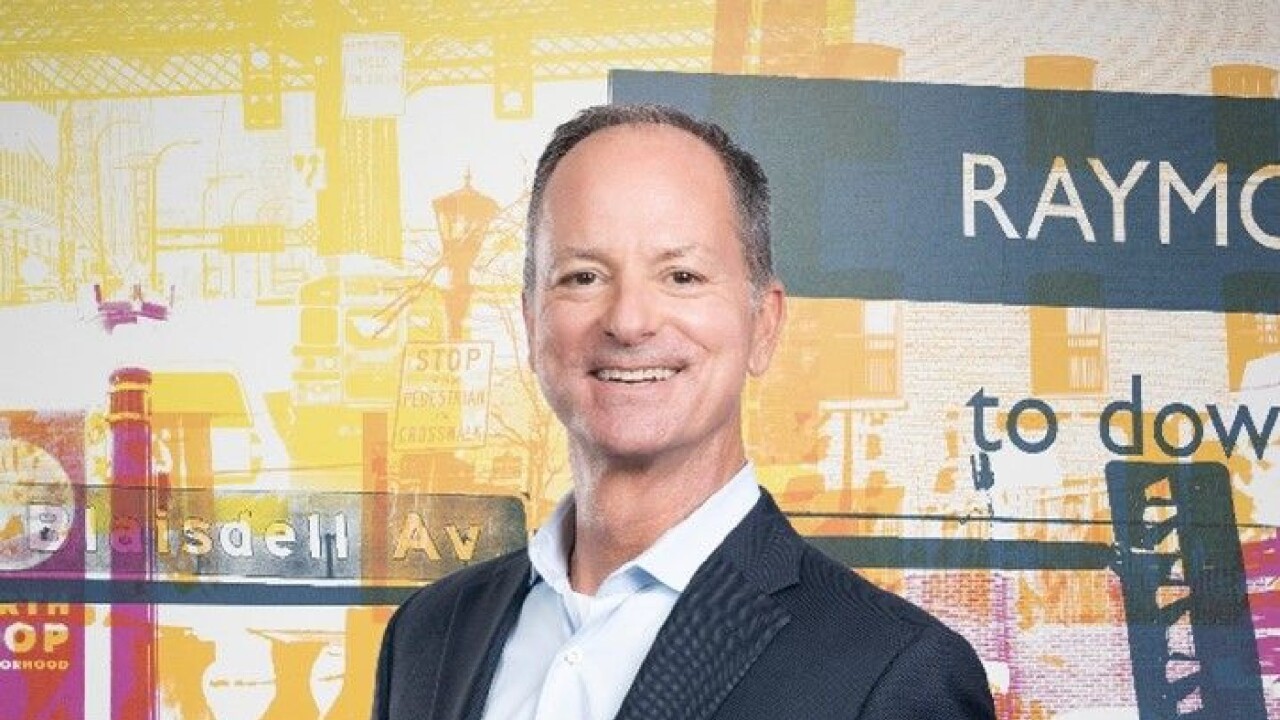In the not-too-distant future, when you drive through upstate New York, among the bales of hay and the cows, you may see mini data centers dotting the farmland. That's because New York's Energy Research and Development Authority, AMD and Clarkson University are working on a project, announced today, in which they are testing the idea of powering data center "pods" with renewable energy in the form of wind turbines and groupings of solar panels.
Data center pods, also referred to as data-centers-in-a-box, are self-contained shipping containers 20 to 40 feet long filled with servers and stocked with the necessary heating, cooling and networking equipment. They're sold by HP, Sun, Dell, Cisco, IBM and Rackspace and already used by many banks within their data centers to keep their heating and cooling costs down (by managing the atmosphere of containers rather than a massive, high-ceilinged data center space). High-speed fibre optic data lines will be laid between the pods in this trial to turn them into one large virtual data center that draws power from whichever energy source is outputting the most kilowatts at a given time. For instance, while the sun is shining strongly on a set of solar panels, computing work will be sent to the pod nearest that solar field. At night, computing work might gravitate from the solar-powered pod to one that's next to a wind turbine. Predictive algorithms will be used to determine when work should be shifted from one pod to another.
Some interesting math behind this project: it's fifteen times more expensive to transmit electricity through power lines than it is to send data over fibre optic cables. Therefore, it's cheaper to use energy on site and send computing work to different locations than it is to send work to a data center that's far removed from an electric plant.
During the trial, pods will be deployed in the windy region between upstate New York and Canada, near Clarkson University. The project has a lot of potential for New York banks whose data centers require a tremendous amount of energy. One Buffalo-based bank CIO commented, "It's certainly an interesting item." However, his bank recently outsourced its data center, so the vetting of this model would be undertaken by the outsourcer rather than the bank's IT department.
NYSERDA receives funding to conduct R&D projects and encourage the use of clean energy and energy efficient measures at buildings and facilities throughout the state. It's been involved in the data center space for five years. "The need and use of data centers and other IT infrastructure is exploding," says Bryan Berry, project manager, green data center research at NYSERDA. "We've observed that New York State has the second highest concentration of data centers behind California." Data centers account for three percent of the state's entire energy consumption. "That's growing rapidly, there was a report in 2007 that predicted that nationwide the energy use by data centers will double in the next five years and continue to double every five years thereafter." That rate is higher in New York State because of the high concentration of financial institutions, which tend to have the biggest and most energy intense data centers.
The main reason why renewable energy sources haven't been integrated with data centers in the past is that the top priority for a data center, especially in the financial sector, is the need for very high reliability, Berry explains. "Inherently, renewables are intermittent, the winds blow sometimes and sometimes they don't, clouds come over and blank out solar panels. The characteristics of the two are incompatible in a way. We see this project as innovative in being able to shift computational load around a geographic area based on the availability of renewables." The feasibility study will determine the best ways to detect when the wind or the sun's rays begin to subside and be able to react to those conditions and move the computational load from location to location. "It also involves integrating highly efficient power storage together with these pods, which is not a characteristic of those pods today," he notes.
Existing and new technology will be mixed in the pilot. "We're looking at something we think is novel and potentially revolutionary in terms of both the business model for data centers and how data centers operate," says Steven Kester, AMD's director of government relations and regulatory affairs. For now, HP's pods will be used in the trial. "What we're looking at is, how do you take that existing technology and deploy it with renewable energy sources to reduce overall energy consumption of the products as well as to drive more clean energy consumption and reduce the carbon footprint. We're hoping to drive the ability for renewable energy to drive the use of these, if not 100% then at an optimal level."
Banks' data centers tend to be located in the suburbs of large cities like New York, which is expensive and inefficient, according to Kester. "What we're saying is let's flip that and collocate the compute capacity onsite with the energy generation," Kester says. "We can reap environmental benefits as well as some cost savings and shift the compute capacity via the fibre optic lines to where it's needed, say to New York City."
Some might wonder about the security provided to protect the sensitive financial data housed in these pods in the hinterlands of New York. The parties involved would not discuss security technology. "We will be able to address the security aspect when the time comes," a spokesperson says.





